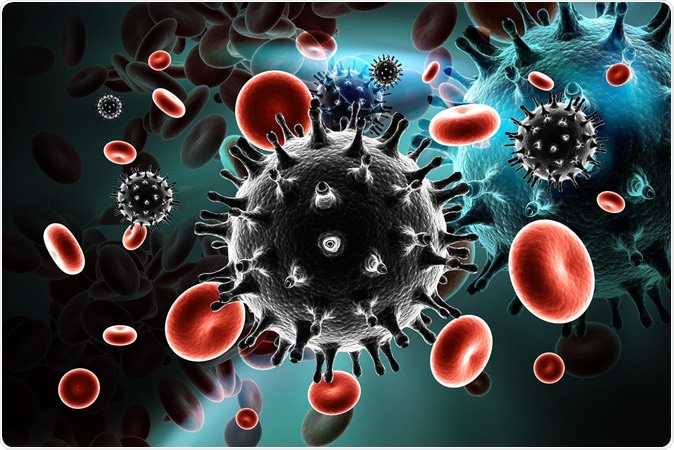HIV infections on the rise among teenage girls
According to a new report from the United Nations children’s fund UNICEF, more and more adolescent girls are being infected with HIV. The report estimates around 30 teenagers being infected with HIV each hour.
Of these 30 infections among those aged between 15 and 19 years, around 20 are girls, the report states. These numbers are from 2017. The report was presented on Wednesday at the 22nd annual International AIDS Conference in Amsterdam.
The UNICEF report states that these numbers show a “crisis of health as well as a crisis of agency”. The report explains that while there has been tremendous progress in the field of fighting against HIV AIDS transmission over the last two decades, this latest issue of failure to prevent infections among children and adolescents is a major hurdle and is responsible for slowing down the progress.
The report adds that the reason for this spread of the infection among adolescent girls is mainly due to early and forced sex with older and infected men. It is mainly due to the lack of power of these girls to resist sex and the poverty. There is also a major lack of awareness and access to confidential counselling for prevention and testing services the report states.
Henrietta Fore, UNICEF’s executive director said, “In most countries, women and girls lack access to information, to services, or even just the power to say no to unsafe sex... HIV thrives among the most vulnerable and marginalized, leaving teenage girls at the center of the crisis.”
According to this latest report 130,000 children aged 19 and below died of AIDS in 2017 and 430,000 were newly infected. This means around 50 an hour are infected worldwide.
A total of around 3 million children and teenagers under the age of 19 are living with HIV infection, the report said. Further teenagers between the ages of 10 and 19 make up for two thirds of all the infected under 19 year olds. AIDS-related deaths in all the age groups have been falling since 2010 but there is no such decline in AIDS related deaths among those under 19 years of age, the report finds.
Angelique Kidjo, a UNICEF goodwill ambassador who contributed to the report called for education and economic empowerment that could help fight this crisis. She said, “We need to make girls and women secure enough economically that they don’t have to turn to sex work...We need to make sure they have the right information about how HIV is transmitted and how to protect themselves.”
UNAIDS added that 37 million people worldwide are infected with HIV and though there is reduction in deaths due to AIDS and treatment rates have gone up, there is still an unacceptably high rate of new infections globally.

Illustration of HIV Virus. Image Credit: RAJ CREATIONZS / Shutterstock
African nations making huge progresses with AIDS funds
The U.S. government has come up with a multi-billion dollar program foreign HIV program called the President's Emergency Plan for AIDS Relief, or PEPFAR to fight this menace.
Bernard Haufiku is the current minister of health for Namibia. He says that for his country and many other similar countries the funds from the US government has helped fight the AIDS epidemic enormously. He said, “Apart from the human life that has been lost, it eroded our economy. It invaded our social fabric... There are orphans because parents passed away. And now we are spending on health so much that we could have spent on other development projects.” The country still has 12 to 14 percent of adults who are HIV positive but is on a path to meet U.N. goals to end the AIDS epidemic by 2030. In yet another paper released at this conference the Namibian government has shown a 40 percent decline in the number of new HIV infections in Namibia. Last year Namibia got $73 million dollars from the PEPFAR.
Another report from Kenya cites a similar story. Donna Spiegelman, a professor of biostatistics at Yale and a co-author of the Kenyan report says nearly a quarter of a billion dollars in PEPFAR funds have been spent over the last decade. It has boosted testing and prevention campaigns she said. Spiegelman added, “It is a major investment of the U.S. government... It's important to be sure that the dollars we're spending across a range of public health programs are being spent wisely and are getting the results that are expected.”